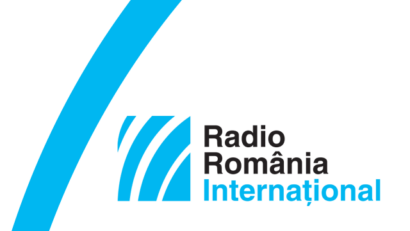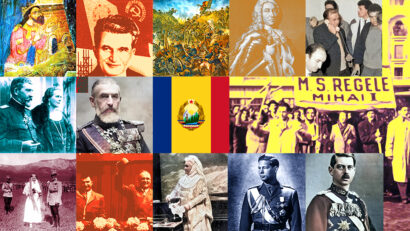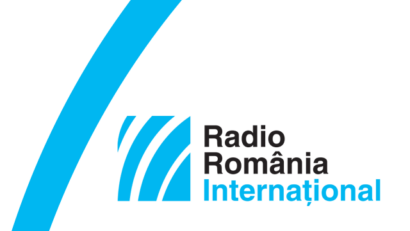The Portrait of a Torturer
The word “torturer gained widespread use in the Romanian language after 1989, being a derivative of the verb “to torture. Communist prisons were the environment where the embodiment of this word, the torturer, appeared

Steliu Lambru, 27.02.2017, 13:25
Some torturers were detainees themselves, who tortured fellow inmates to re-educate them in the spirit of the communist ideology. Torturers could be rank and file investigators or interrogators, but they could also be wardens of prisons or labor camp bosses. Torture was sometimes used for brainwashing. The worst example of such methods was the so-called “Pitesti Experiment”, named after the city where the prison was based.
Romanians after 1989 had the opportunity to see what such a torturer looked like. They look like ordinary people, with families and social lives. Some of the most notorious are Alexandru Nicolski, Alexandru Draghici, Gheorghe Craciun, Alexandru Visinescu, Ion Ficior, but there were many more, exemplifying the worst of humanity.
Professor Sorin Bottez was a member of Liberal Youth before the war, and was an inmate in communist prisons for 15 years. In a 2001 interview with Radio Romanias Center for Oral History, Sorin Bottez tried to recall those years with as much composure as he was able: “In spite of the fact that I am one of the few survivors who did not break during re-education, and who did not renounce his honor and principles, I am leery of blaming the others, knowing how horrible that period was; the exception are the ones who did what they did to others without being tortured themselves, just out of cowardice and evil. Those are the ones I want to condemn and see pilloried. Which will never happen. We have to make a very clear distinction between the ones that broke under re-education, the ones who were tortured beyond the brains capacity to cope, because this was about the brain, not about muscle and sinew. The ones who broke when their brain gave way are one thing, and the ones who did what they did because they were promised all manner of things are something completely different.”
One can feel only dread when listening to the stories of the victims of the sadistic torturers of the communist regime. Professor Sorin Bottez: “Im always apprehensive when I talk about things that go way beyond the limits of credibility. Im always a bit apprehensive that the listener will think Im exaggerating or concocting things. Because the experience I went through is made up of not only my experience, but also that of others, which I have witnessed. It is absolutely beyond imagination, beyond imagination! When you got beaten by the former political police, the Securitate, under arrest it was childs play, because the beatings would last half an hour, three quarters of an hour, then you were free to recover for the next 24 hours. Dont misunderstand me, you were free to recover in your cell. But during re-education, the beatings were non-stop. There is a difference between Pitesti and Gherla, a major one. In these few months, the worst, most nefarious torturers learned how to torture, how to hit so they dont destroy major organs. They were taught to not hit once or twice so that the prisoner would fall down and get away. There was nothing you wished for more than for death, because there was no other way out. During those days and weeks of ordeal, which was continuous, they would only stop short of killing you. Then they started all over again. If they hit you too hard over your right hand, they hit you over your left, until the right one started mending. They became experts, I think they were worse that the worst medieval torturers. And they did it with such joy, such haughtiness! When they saw people collapsing, howling, on their knees, begging for mercy, they felt so superior, that you ask yourself how they could be made in the image of God.”
Sorin Bottez has his own explanation as to how he could survive such an experience: “The word no took root in my brain, just as the word yes could have. I have no other explanation than that God wanted me to not break! When I went into re-education I was a skeptic, maybe without faith, but I came out of there profoundly faithful. Only due to my certainty that there is force I cannot determine and I cannot define did I not become a beast. And to remain the same I had always been. I remember this one time, in the initial stages of re-education, that they hit me over the palms of my hands until a sort of plasma started oozing out of the back of my hand, I dont know what it was. Part of my palm had swollen and gone black, and on the other side of my hand, not in the place where they were hitting me, a liquid was gathering. Then there were the beatings where you got hit over the head. I am surprised I didnt go soft in the head completely. I did go soft in the head enough to believe, for 10 years, that things can change for the better, but I wasnt completely gone. This is how much I got hit over the head. The torturers took turns, when one got tired, the other one would start hitting you over the head.”
The picture of a torturer may show an apparently normal person. However, his psychological profile is one that reveals the deepest and darkest evil.






























